Weightlifters, Don’t Sleep On Isolation Exercises
Sports Performance | Strength & ConditioningIsolation exercises should not be overlooked if you are a weightlifter. Over the past decade or so, the term “functional fitness” has proved to have staying power. There are some things to like about it. Movements that translate to real-world scenarios. Applicable to a wide range of sports.
Functional fitness workouts are definitely an efficient way to build strength as well. That said, isolation exercises and single joint exercises have received such a bad reputation that they’ve fallen out of favor.
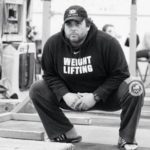
Sean Waxman
Sean is the head coach and owner of Waxman’s Gym. He’s been a professional coach for nearly 25 years, a national-level competitive weightlifter, and a graduate-level student of kinesiology and biomechanics. Since opening Waxman’s Gym in 2010, Sean has developed two top-ten finishers at the World Championships, a World University Championship Silver medalist, a Pan Am Championship Silver medalist, and two Pan Am Championship team members. In addition, Sean has developed more than two dozen national-level weightlifters with three National Champions and seven national medalists. Conect with Sean @waxmansgym
// Isolation Exercises VS Compound Exercises
Over the past decade or so, the term “functional fitness” has proved to have staying power.
There are some things to like about it. Movements that translate to real-world scenarios. Applicable to a wide range of sports. Functional fitness workouts are definitely an efficient way to build strength as well.
That said, isolation exercises and single joint exercises have received such a bad reputation that they’ve fallen out of favor.
It might surprise you to know that high-level lifters – I’m talking about guys and girls who compete at the Pan-Am Games, World Championships, and Olympics – still include some movements that might raise a few eyebrows in functional training circles.
Now let’s take a look at why I program isolation exercises and single joint exercises for my athletes.
First off, when I was still competing, my old-school coach gave me a steady diet of snatches and clean and jerks. Of course, we also worked some classic exercises like front and back squats into the mix, but beyond that, the routine was, well, pretty routine.
As a result, it could get pretty boring at times.
Don’t get me wrong – I loved doing the two Olympic lifts and still do.
But while you don’t want too much randomness for your lifters (unless you like the idea of them just drifting aimlessly), some planned variety is useful to keep things fresh and create a hunger to return to the snatch and clean and jerk.
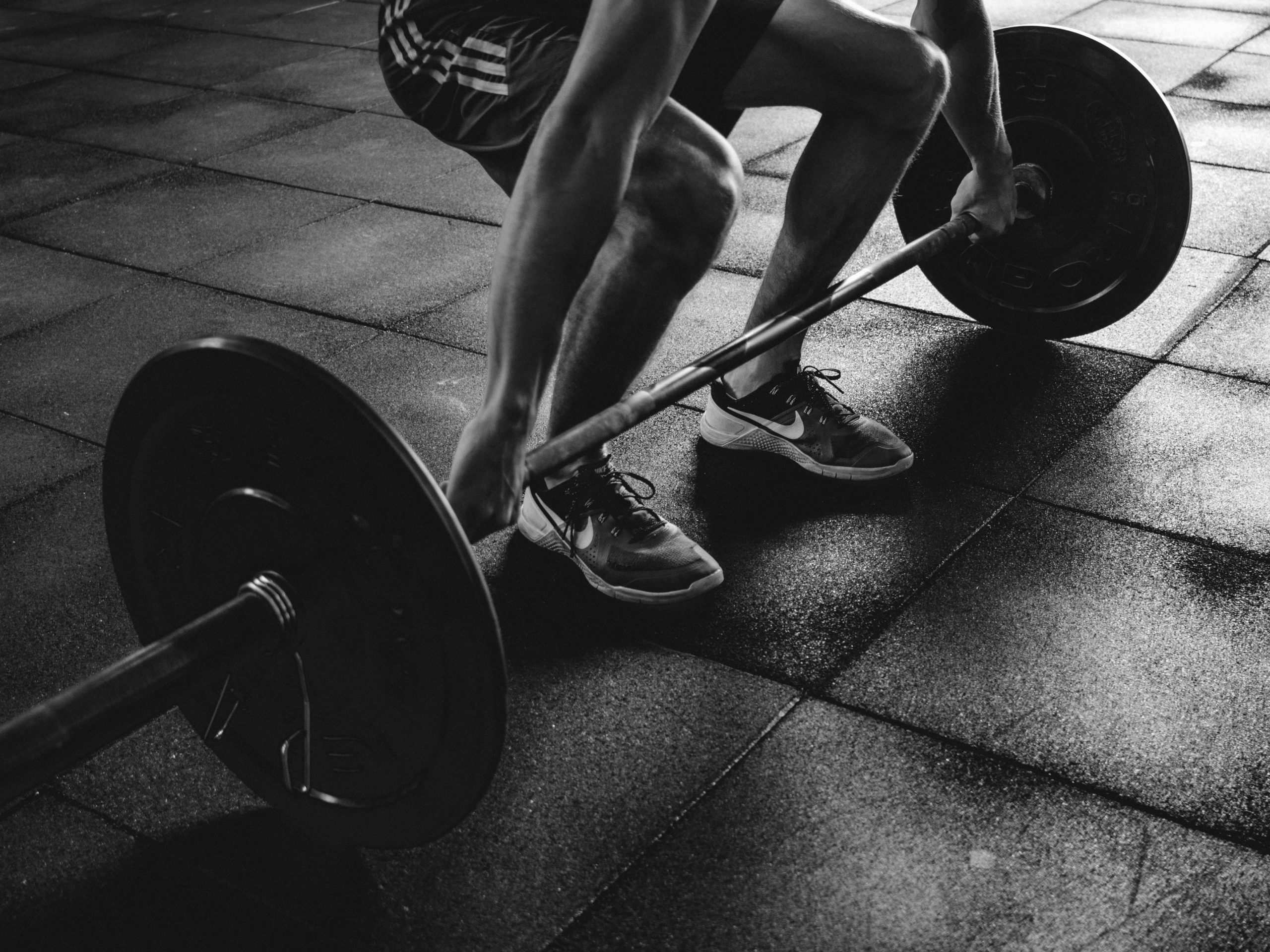
Being Physical and Building Endurance
Another solid use case for isolation or bodybuilding-style lifts is physical.
They’re a core component of our general preparation block here at Waxman’s Gym. This is one of three main training blocks I utilize throughout the year – the other two being special preparation and competition.
If we’re at the beginning of a four-year Olympic cycle with our elite competitors, the road to greater capacity starts with me encouraging lifters to get outside and get active.
This can mean playing basketball or soccer, running, and anything else that they might have fun with, will challenge various energy systems, and will get them into different positions.
From there, we move inside more often and start to build their strength and fitness.
They will do some clean and jerks and snatches, but it isn’t time to make this the focus yet. We’ll be by circuit training and also do some high volume, multi-exercise sets with timed rest.
As with the special preparation and competition phases, there are specific physiological qualities we’re aiming for here. Building a base of strength and cardiovascular fitness that will set our guys and girls up to handle the rigors of the next two phases.
We’re not pushing the intensity very high, but rather using high density. In my previous post I warned against doing too much volume, as this can predicate an athlete to injury and eventually burn them out. But in this general prep phase, the volume of each set is comparatively higher than the singles, doubles, and sometimes triples we’ll do in the main lifts.
We’ll typically see rep counts around 10 to 12, and occasionally higher if necessary.
Tweaking Work To Rest Ratios
Now back to those rest periods.
Once we move past doing circuits, the lifters will have a short break between each set. The trick here is giving them sufficient chance to recover to keep the work quality high, while maintaining the density needed to boost their fitness.
So over the course of a three to five-week preparation block, I’ll start decreasing their rest periods gradually. We might start with 90 seconds and finish with just 45 or even 30 seconds.
The goal is for them to be able to perform the same amount of work, or possibly even more, with decreased rest between each set. This creates greater efficiency and helps them build a bigger engine, because once we get to the special preparation phase, they’re going to need it.
We can also mimic the need to put in a big effort multiple times in succession as competition requires.
As with everything we do, the general preparation phase must be measurable so we can find out what’s working, and what’s not.
Therefore, what we need to do differently. As I just mentioned, one way to do this is by looking at the quality of the work done. The lifts don’t need to be as technically exact as the snatch and clean and jerk, but I do want to see only good quality work being performed. Then we use heart rate monitoring to assess the athletes’ fitness, which we want to see progressing.
We don’t just utilize such technology to see the working heart rate, which can of course be useful, but also to give us some insight into the resting heart rate. As a lifter gets fitter, they recover faster and get their BPM back down closer to the resting rate more readily than when we first started the training block. At least that’s the theory.
If we see the numbers staying stagnant or moving in the wrong direction, then that’s the signal to make an adjustment and then re-test.
Finding the Sweet Spot
Speaking of recovery, it’s also important that athletes bounce back from session to session.
We can’t have lifters doing too much and getting hurt because at the elite level that’s a killer. You’ve got to be able to put together week after week and month after month of training hard five to six days a week. This requires durability and our programming in the general prep phase reflects this need. We want to push our athletes just hard enough so they achieve adaptation, and no further.
In countries that followed systematic doping programs, one of their greatest advantages was that the steroids and other PEDs facilitated faster and more complete regeneration. I’m not saying this was a good thing ethically, but the results were evident.
So our challenge as coaches in a country that rightfully outlaws such cheating is to find a way to recreate the physiological effects of PEDs in other, legal ways. This makes the combination of thoughtful programming that includes intentionally timed recovery and getting adequate rest between training days essential.
General Preparation Tune Up
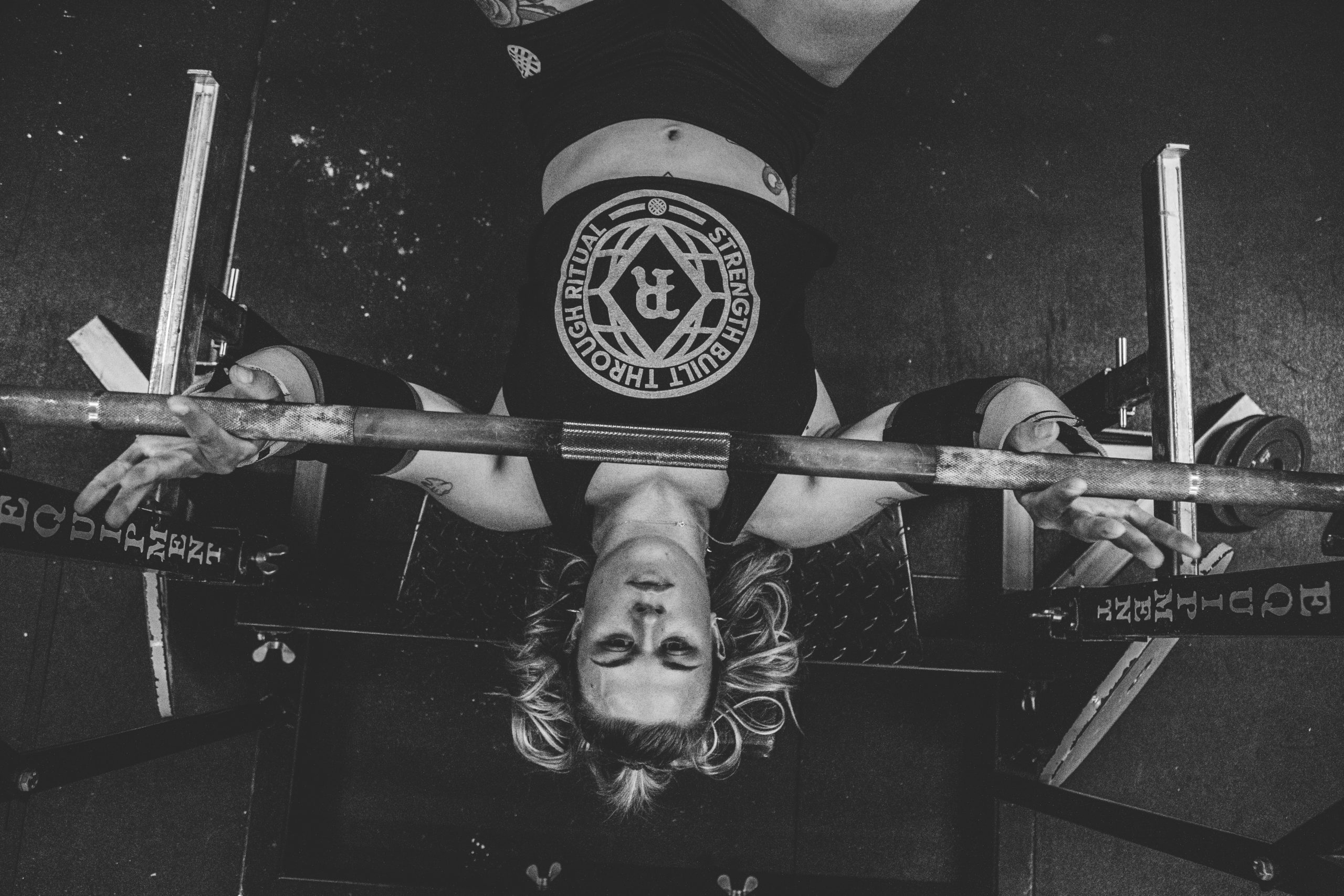
General Preparation is not only the foundation to the other two blocks, we also implement it throughout the training year.
The aim here is to ensure that fitness levels remain high no matter what. Over the years I’ve experimented with different timing for this intermittent general prep.
I’ve found the sweet spot to be introducing a one-week mini block every 45 to 55 days.
In addition, we have our lifters perform supplemental exercises throughout the year which include isolation exercises and single joint exercises.
The training during our Special Preparation and Competition blocks is unilateral. For example, we’ll do clean and jerks twice or three times a week.
Same with snatches, and then we’ll add in fairly heavy front, back, and overhead squats. This allows us to add in isolation exercises without pushing the overall volume or training load too high.
// Why Isolation Exercises Shouldn’t Be Overlooked
Olympic lifts and squatting involve a lot of leg work (literally). Therefore, we don’t do an awful lot of supplemental lower body work. It’s mostly focused on the upper body.
Athletes will do variations of upright and bent over rows, shrugs, pulls, triceps extensions, and yes, even curls (sue me!). Lat pulldowns, dips, DB bench presses, plate raises, and floor presses are also in the mix. We’ll add in some triceps pushdowns, dead bugs, and heavy bar walk-outs as well.
“But Sean, these exercises aren’t ‘functional’ and don’t improve the clean and jerk or snatch” I hear you say.
Perhaps not directly. But they do help strengthen muscles that support those lifts and also improve joint integrity. So they do indirectly improve athletes’ abilities to perform the Olympic lifts.
Yes, Weightlifters Sometimes Do Curls
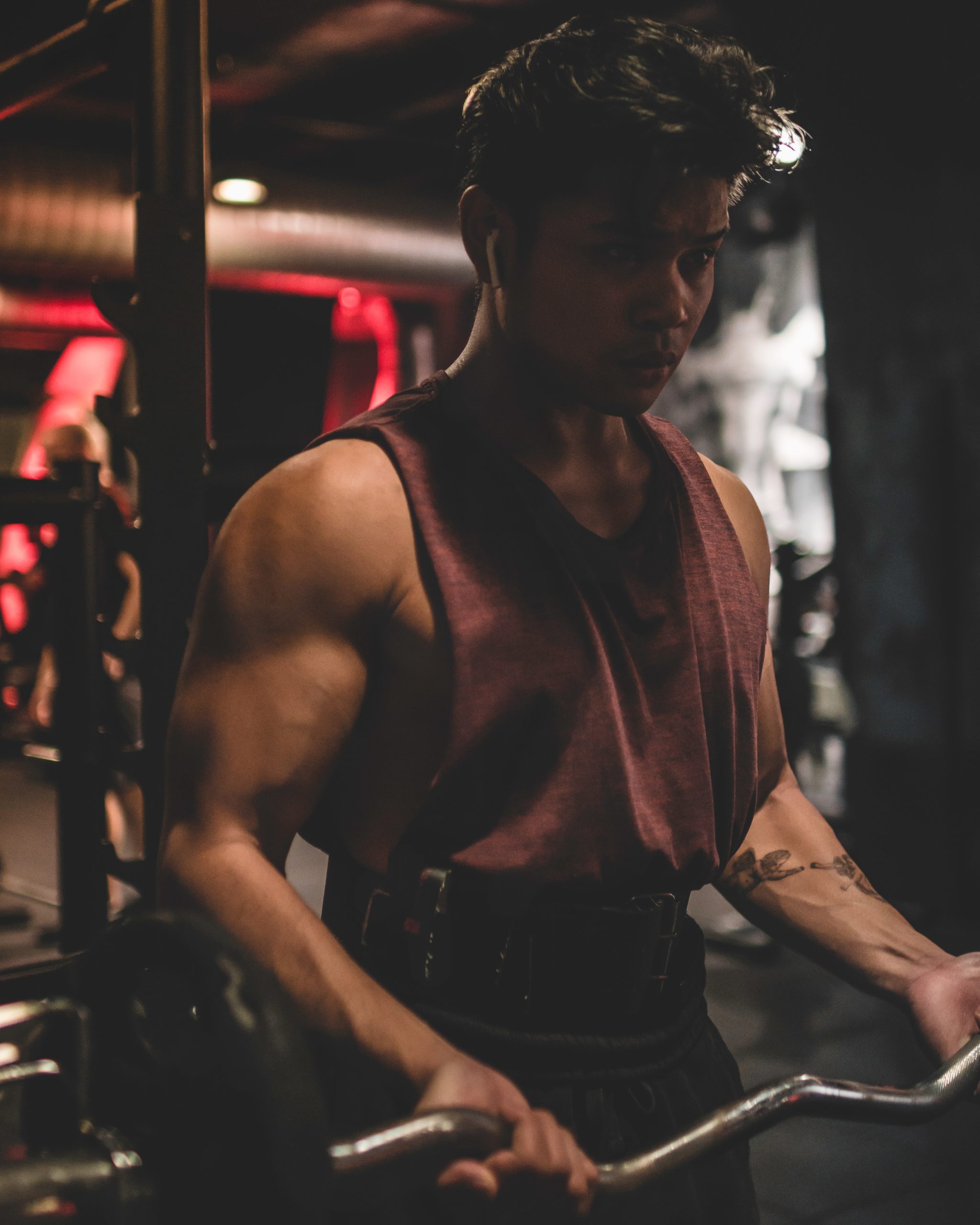
Combining these movements with the “Big Two” or, in the general prep phase, making them the focal point of high density training, delivers big time in terms of general fitness, cardiovascular capacity, and building a baseline that sets us up well for successive training phases.
So maybe you might want to reconsider some of those supplemental lifts and ponder the notion that although they’re not “functional” as some people might define the term, they can still be a useful tool to have in your coaching bag of tricks.
TAKE YOUR TRAINING
TO THE NEXT LEVEL
The TrainHeroic Marketplace
TrainHeroic brings online training and strength programs to life with an unmatched imersive training experience delivered directly to your phone. Browse our Marketplace for thousands of programs or take your training up a notch by joining an online community with fresh programming and coaching by some of the biggest names in the strength game starting at $15 / month.
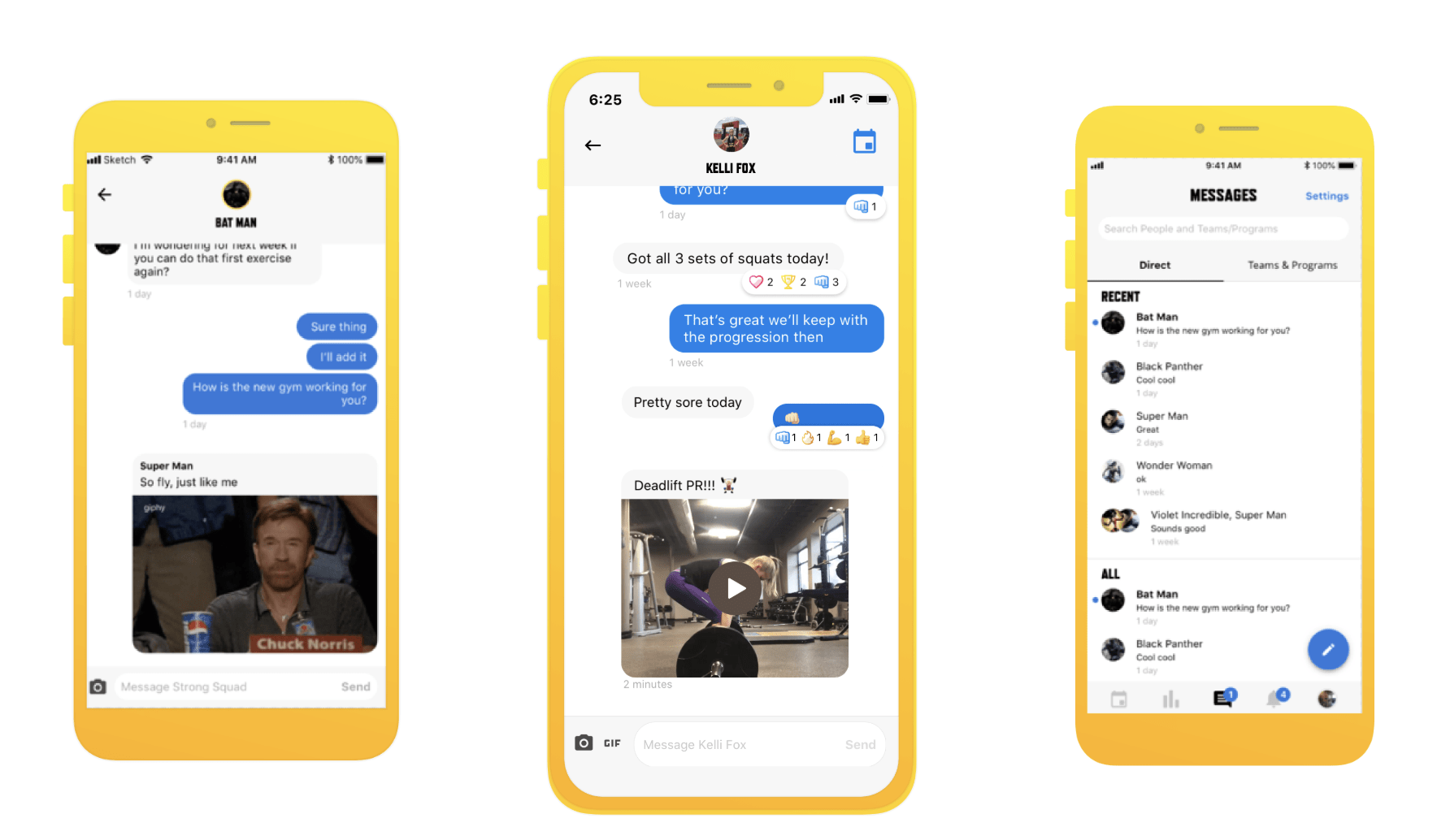
READY TO TRY TRAINHEROIC?
Our powerful platform connects coaches and athletes from across the world. Whether you are a coach or trainer looking to provide a better experience for your clients, or you’re an athlete looking for expert programming, click below to get started.
Want more training content?
More coaches and athletes than ever are reading the TrainHeroic blog, and it’s our mission to support them with the best training & coaching content. If you found this article useful, please take a moment to share it on social media, engage with the author, and link to this article on your own blog or any forums you post on.
Be Your Best,
TrainHeroic Content Team
HEROIC SOCIAL
HEROIC SOCIAL
TRAINING LAB
Access the latest articles, reviews, and case studies from the top strength and conditioning minds in the TH Training Lab

